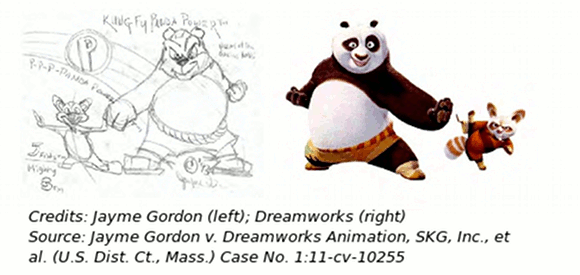Attention spans are getting shorter. You can only tweet 140 characters. Courts have pleading length restrictions. Judges’ case dockets are packed.
So, how can you get your case to seize the attention of the judge?

If you can use an image that makes a powerful, effective statement about your client’s stance in the case — e.g., putting a picture of your copyrighted work next to the allegedly infringing work — you could grab the judge’s (or her law clerk’s) attention.
Packed court dockets mean that judges have less time to consider your masterpiece motions and killer legal briefs. Sure, you billed for them, but remember: your clients pay you to be effective. A powerful image can help you be concise and persuasive.
Pictures of injuries, disputed property boundaries, and contested trademarks are all fair game.
Just because you can include an image in your pleadings, however, does not mean that you should. Of course, you do not have to be a lawyer to know this.
It appears that one Florida attorney forgot this. A federal court took him to task for attaching “indecent, obscene, and offensive” pornography to his pleadings,
in a place where they are available for viewing by members of the public, including children – notwithstanding his knowledge of their offensive nature.
Animator and illustrator Jayme Gordon’s recent copyright infringement complaint filed against Dreamworks and Paramount Pictures is an excellent example of how to effectively use images into your client’s pleadings.
The complaint contains dozens of pictures of the plaintiff’s copyrighted work, as well as the multi-million dollar Kung Fu Panda movies and licensed products. The very first page of the complaint inserts the images shown above.
While the litigation is still pending, we were certainly impressed by how the plaintiff’s lawyers opted to use these images to make their case.
